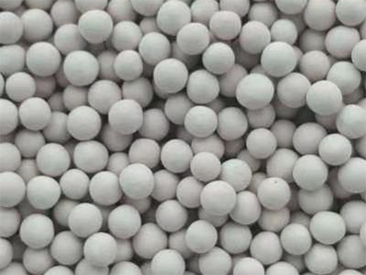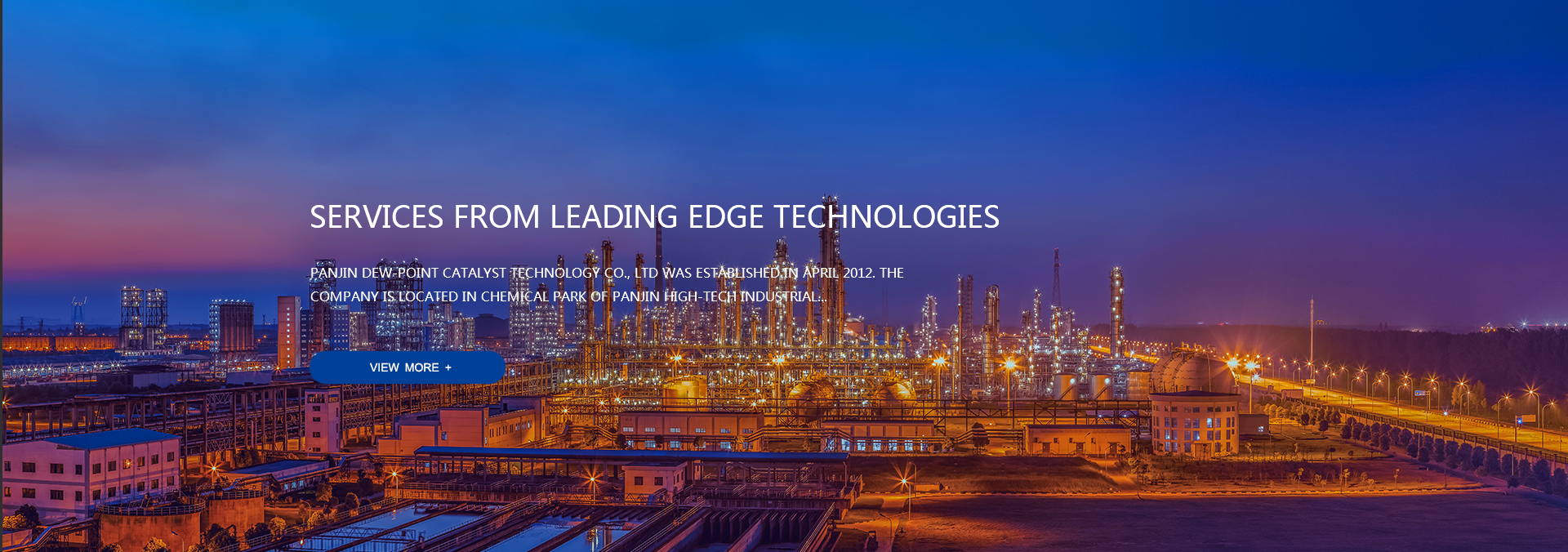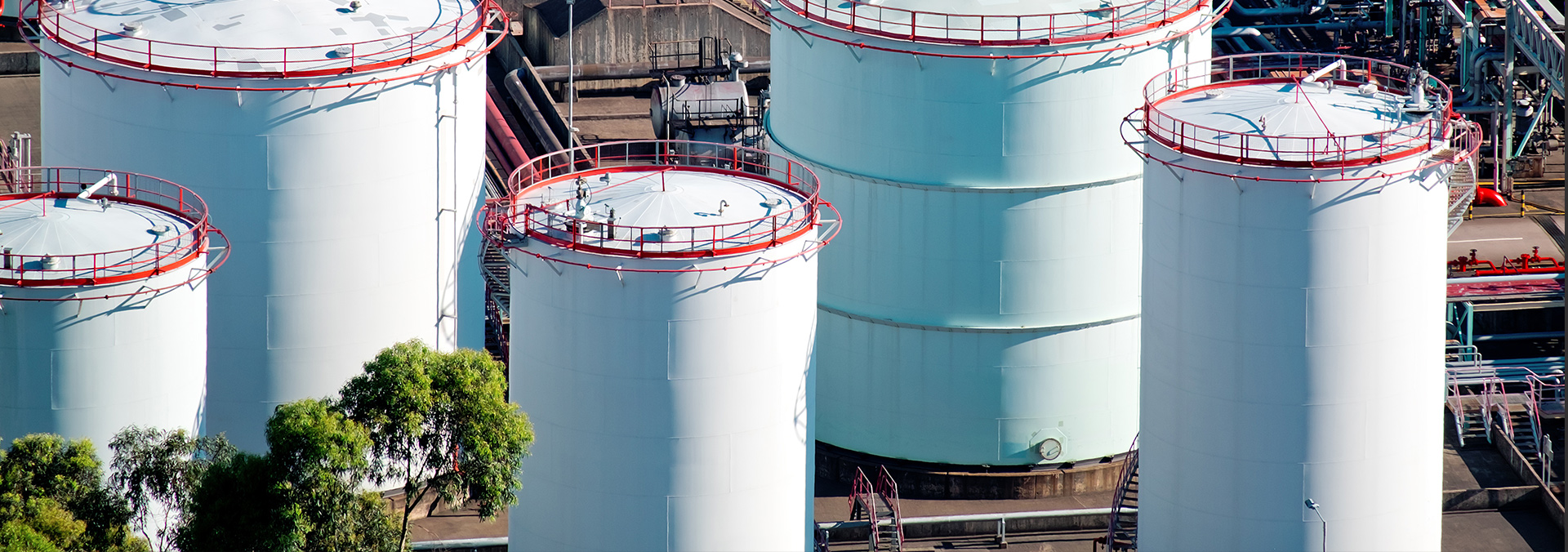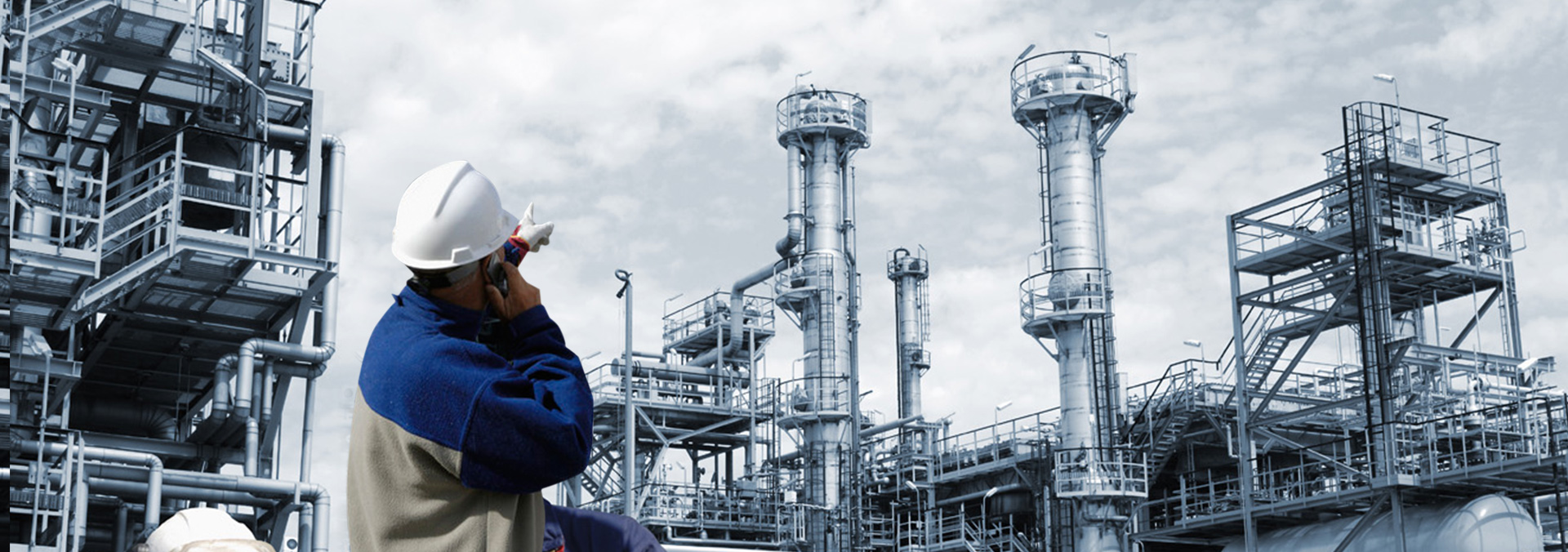Name:Panjin dew-point catalyst technologise co.,ltd.
Add:Chemical Industrial park, high-tech Zone, Panjin City, Liaoning Province, China
Tel:+86 427 659 4508
Fax:+86 0427-6594500
E-mail:service@dpcatalyst.com
power poles Panjin dew-point catalyst technologise co.,ltd. all rights
Hotline
0427-6594508
Manufacturing Process of Flue Gas Sulfur Dioxide Removal Catalyst
Flue Gas Sulfur Dioxide Removal Catalyst is a core part of crude benzene hydrofining process. In recent years, the research of Flue Gas Sulfur Dioxide Removal Catalyst has paid more attention to the unification of material science and catalyst manufacturing process, so as to adjust the activity, acidity, selectivity, porosity, specific surface area and strength of catalysts.

Flue Gas Sulfur Dioxide Removal Catalyst generally uses Group VIB metals as active components and Group VIII as cocatalysts, most of which are metals or oxides, as well as non-metals such as phosphorus and fluorine. When the active components and auxiliary agents coexist, they can form a synergistic effect, so that they have higher catalytic activity.
The addition of additives can improve the interaction between the active components and the carrier by adjusting the properties of the carrier surface, which helps to increase the number of active phases of the catalyst, thereby improving the hydrogenation activity and selectivity of the catalyst.
In practical industrial applications, auxiliary phosphorus is often added to improve the acidity of the carrier, increase the dispersion of the active component, and improve the sulfide reduction ability of the active component. At the same time, the addition of the auxiliary can also help prolong the service life of the catalyst. , to improve the activity and selectivity of hydrodesulfurization.







